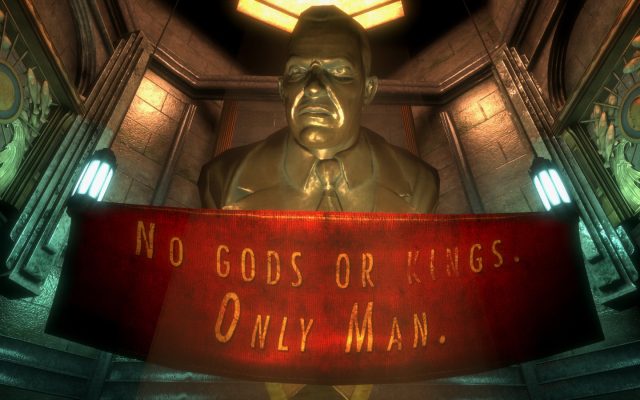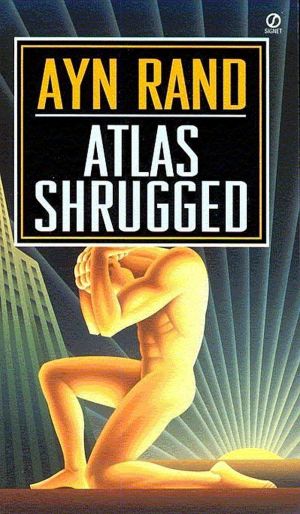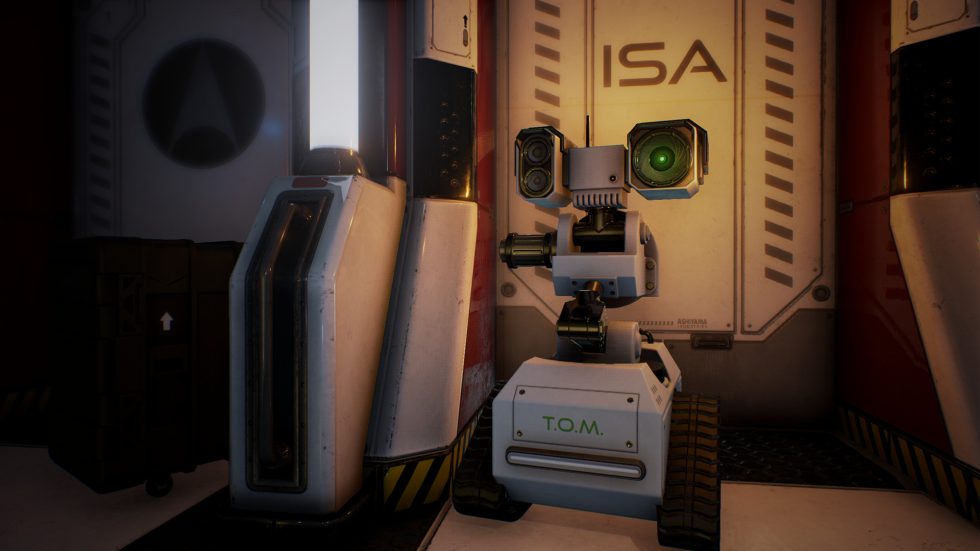Nier Automata debuted this 60FPS combat gameplay at E3 2016.
One way to resurrect a struggling franchise is to bring in a new development team. All the better if said team has the kind of status that helps fans forgive past mistakes. Capcom did it when it gave control of Devil May Cry to Ninja Theory, and now Square Enix is hoping for similar success by giving Nier Automata to Platinum Games.
2010's Nier wasn't, by any measure, a success. A mixed critical reception was followed by sub-par sales and boxed copies filling bargain bins. By combining so many complex elements in an action RPG, Nier was far too convoluted and confusing to be fun. It was a game that was less than the sum of its parts, albeit one with a passable story in comparison to other examples in the genre.
Bringing in Platinum Games should immediately enhance two areas: combat—which the studio is famously brilliant at—and audience interest. After all, saying there's a sequel to a half-arsed action RPG is one thing. Saying there's a new game from the creators of Bayonetta, Vanquish, and Metal Gear Rising: Revengeance is quite another. Having played Nier Automata, I can confirm that the game bears Platinum Games' trademark over-the-top combat—and the fact that I'm writing about it hints that there's audience interest. Job done, then? Well, maybe.




